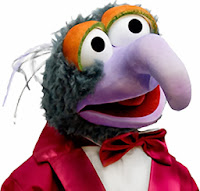Recreation of the First Thanksgiving in the 17th-Century English Village at Plimoth Plantation (from http://www.plimoth.org/learn/MRL/read/thanksgiving-history)
There are a lot of stories about Thanksgiving, and it is hard to figure out what is truth and what is fiction. A reliable website would be Plimoth.org, which is the site of the historial Plimoth Plantation. They state:
Giving thanks for the Creator’s gifts had always been a part of Wampanoag daily life. From ancient times, Native People of North America have held ceremonies to give thanks for successful harvests, for the hope of a good growing season in the early spring, and for other good fortune such as the birth of a child. Giving thanks was, and still is, the primary reason for ceremonies or celebrations.
As with Native traditions in America, celebrations - complete with merrymaking and feasting - in England and throughout Europe after a successful crop are as ancient as the harvest-time itself. In 1621, when their labors were rewarded with a bountiful harvest after a year of sickness and scarcity, the Pilgrims gave thanks to God and celebrated His bounty in the Harvest Home tradition with feasting and sport (recreation). To these people of strong Christian faith, this was not merely a revel; it was also a joyous outpouring of gratitude.
Have a very happy and safe Thanksgiving!




